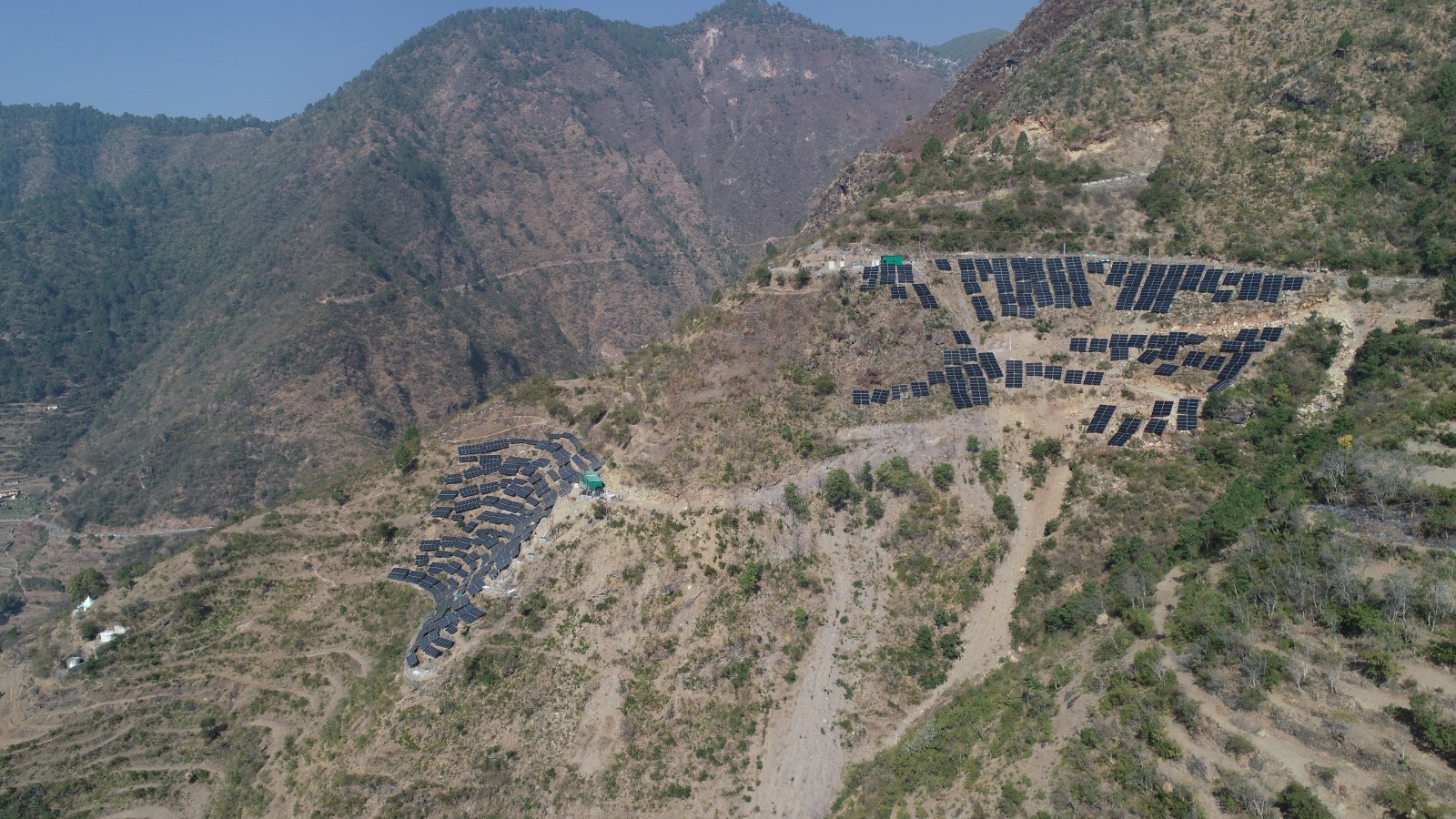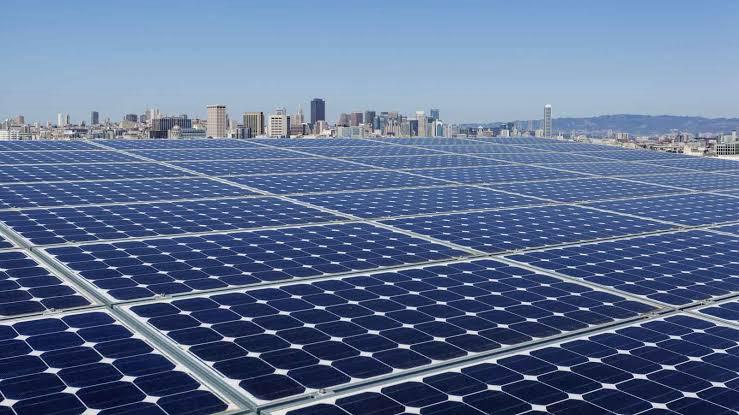When installing a solar Photo-voltaic system (PV), it is extremely important all the equipment is grounded correctly.
The thing needs to be done to your solar PV system by connecting all the equipment together to include the solar panels, PV mounts, combiner box, inverter, charge controller and any other device that makes up your solar PV system.
Here’s where some people make a major mistake: they don’t tie the grounding system of the solar panels to the grounding system of the house. Everything needs to be tied together to the same grounding system. This is called bonding.
If you have two independent grounding systems, you create an electrical potential differential. If lightning strikes one system and not the other, or if lightning strikes the ground nearby, an electrical differential between the two systems will be created. So in this case “all the earth pits must be connected” to provide equi-potential bonding. If you separate then “spark gap” has to be connected in between.
The various grounding circuits throughout a PV plant area must be connected together to form a common network so that indeterminate differential voltages will not develop. This network must in turn be connected to earth through paths (earthing electrodes) that have sufficient combined conductance to limit potential rise of the entire system with respect to true (remote) earth potential. Further, the earthing electrodes must be arranged in a pattern that is sufficiently dense to limit step and touch potentials, and also to offer multiple local paths-to earth for direct or induced lightning currents.
If the grounding systems of the house and the array are tied into together (bonded), there is a much greater probability that the electric current from the lightning strike would stay on the common grounding system and not arc to something else.
Fault protection methods on The dc Circuits in PV plants Must be specialized because of the unique voltage-current characteristics of PV cells, modules, and source circuits.
Fault protection for the ac circuits in a PV plant can be based on the conventional application of relays, circuit breakers, and fuses.



